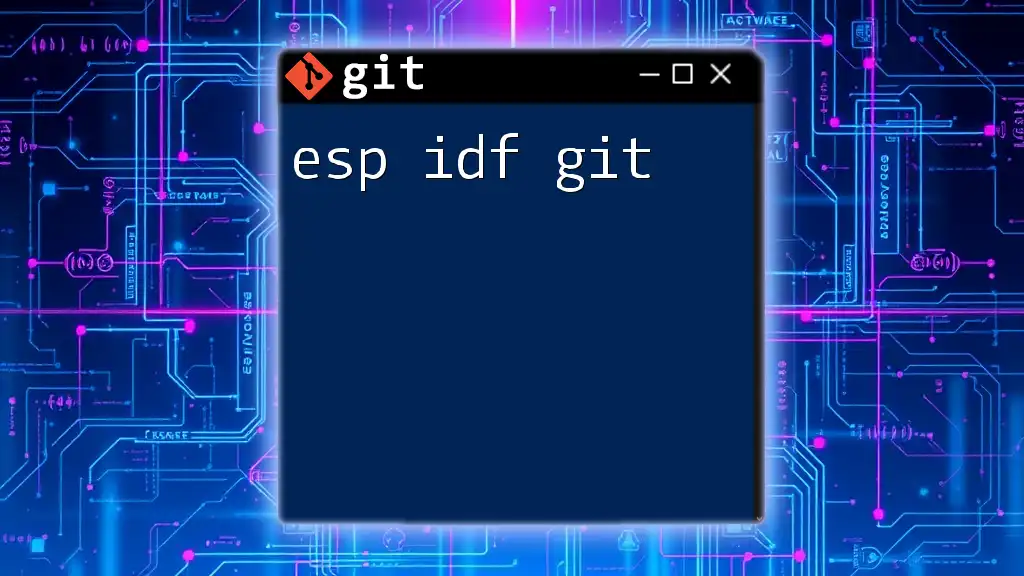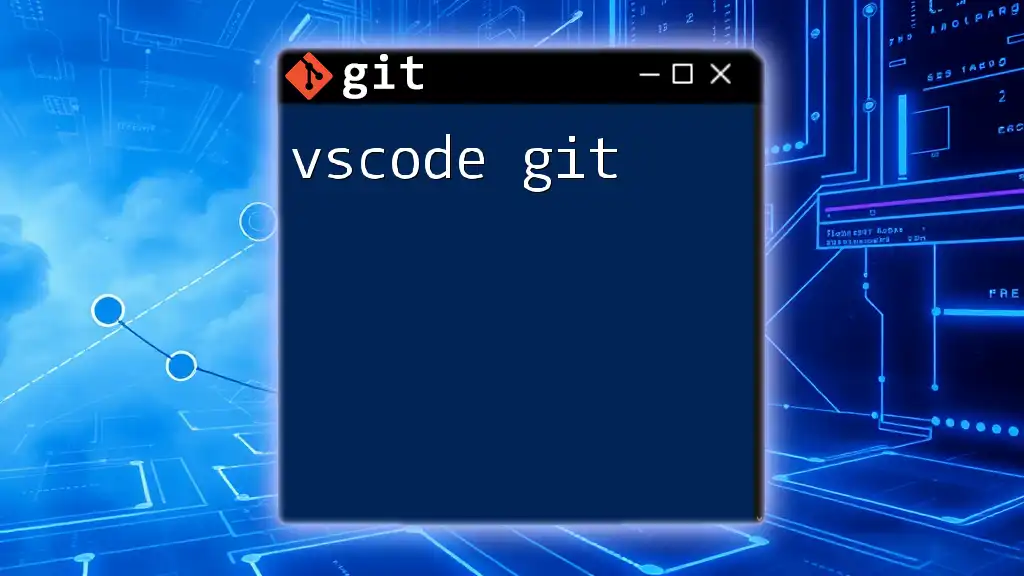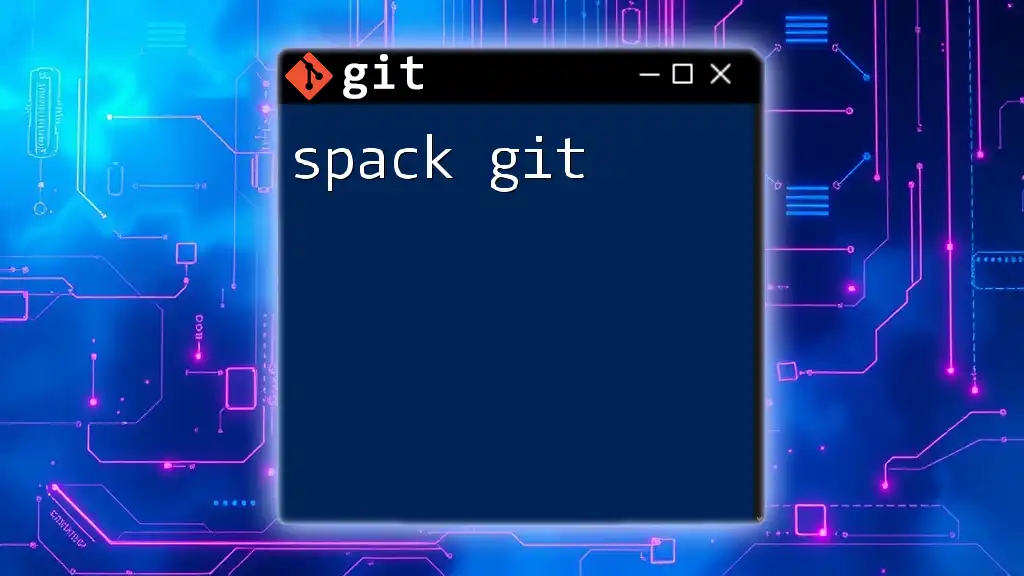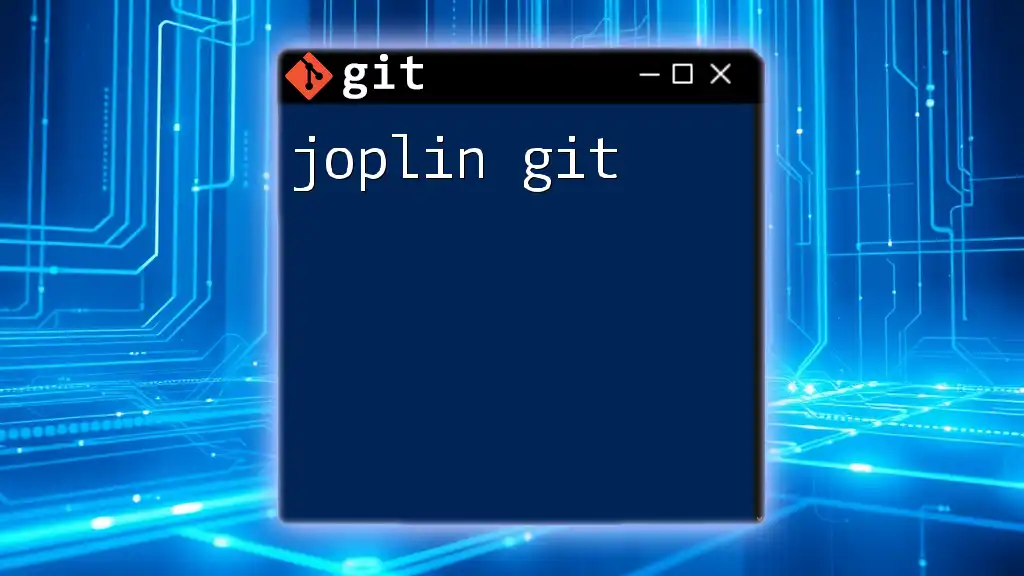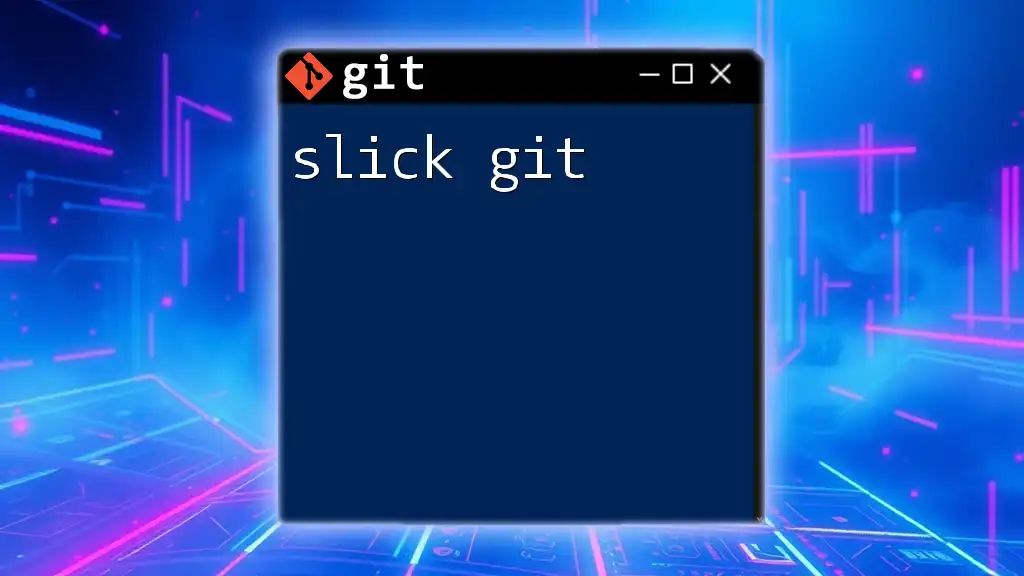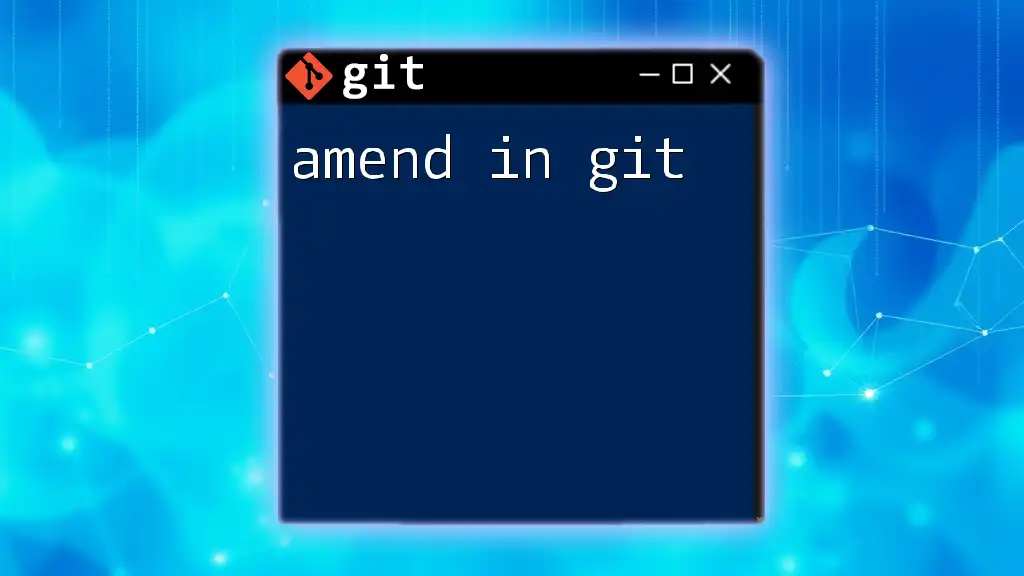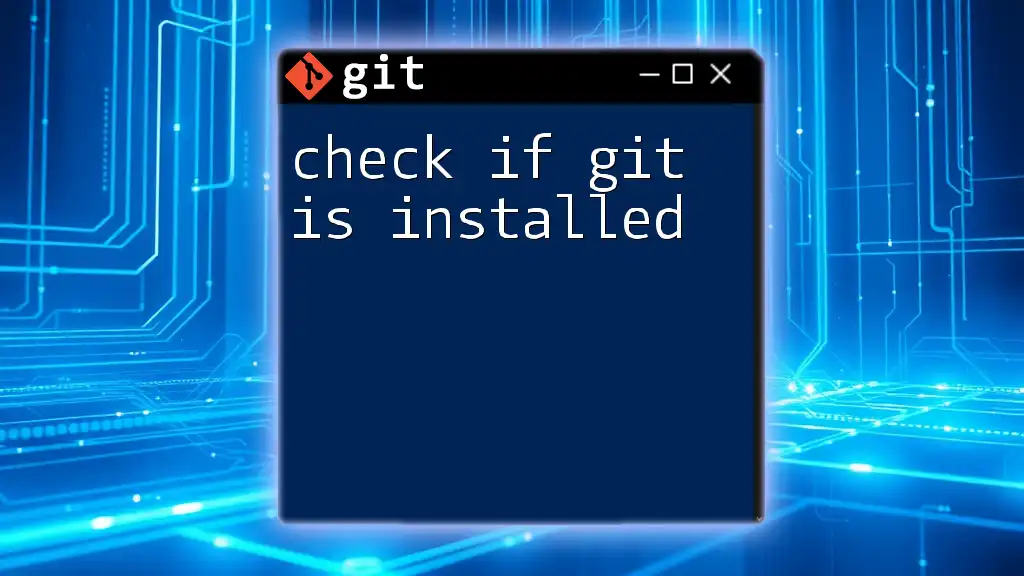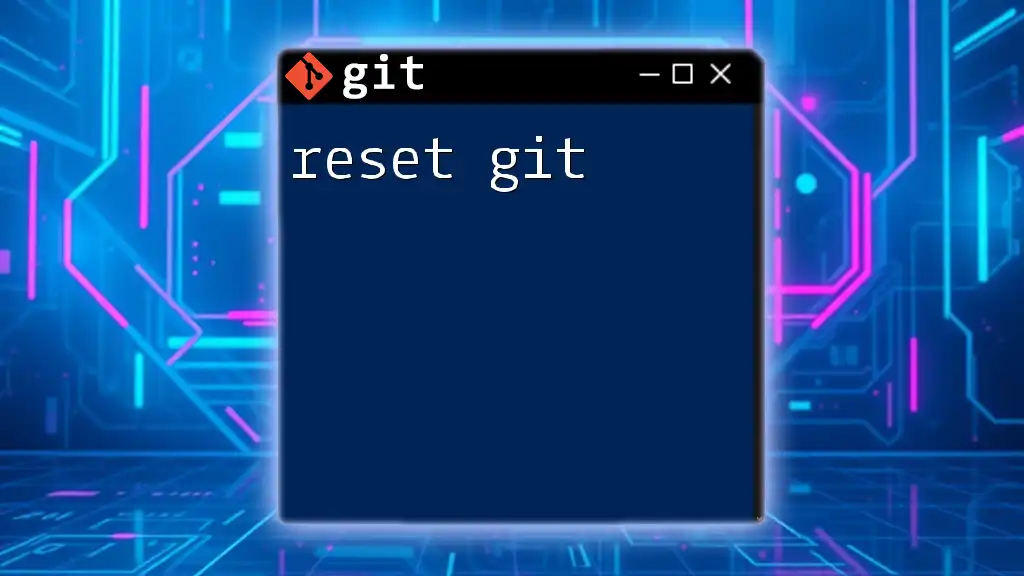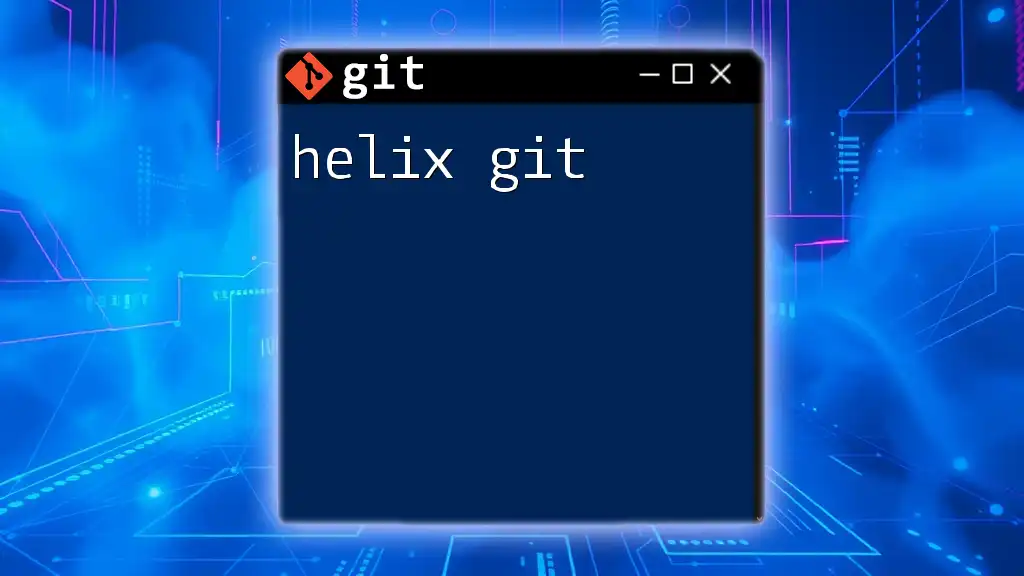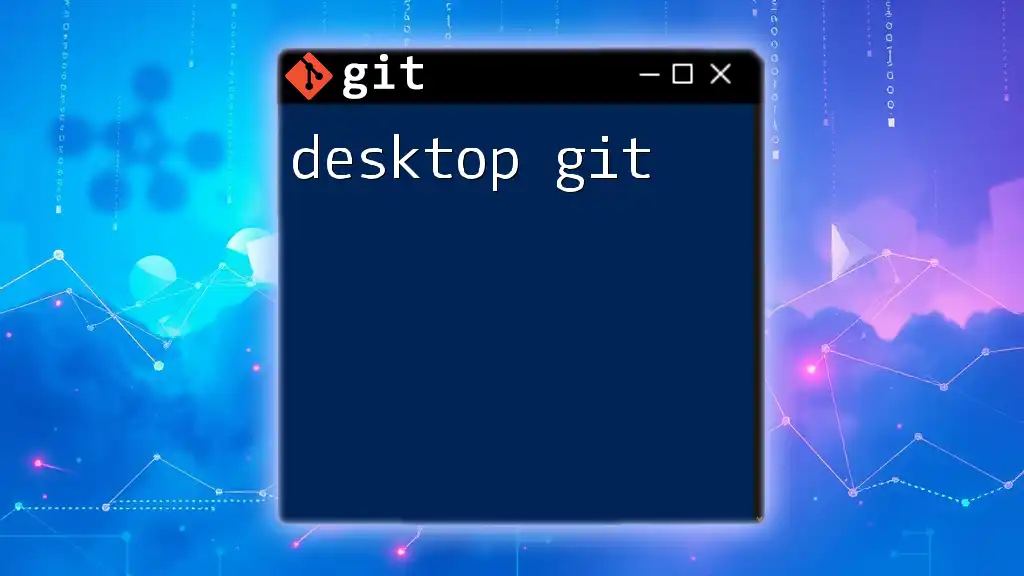The ESP-IDF (Espressif IoT Development Framework) uses Git for version control, allowing developers to manage their project's source code efficiently.
Here's a simple Git command to clone the ESP-IDF repository:
git clone --recursive https://github.com/espressif/esp-idf.git
Understanding ESP-IDF
What is ESP-IDF?
The ESP-IDF (Espressif IoT Development Framework) is a comprehensive software development framework designed by Espressif Systems for building applications meant for their ESP32 family of microcontrollers. This framework equips developers with everything necessary to create IoT applications, including a wide range of libraries and tools tailored to various hardware functions.
ESP-IDF supports numerous devices, predominantly the ESP32 and ESP8266 chips. It allows for the efficient management of resources, networking capabilities, and integration with cloud platforms, making it an essential tool for IoT solutions ranging from smart home applications to industrial automation systems.
Getting Started with ESP-IDF
Before diving into Git usage, it’s crucial to set up a proper development environment. You will need:
- A compatible operating system (Windows, macOS, Linux)
- Python (varies by OS)
- The necessary toolchain for compiling projects
- The latest version of ESP-IDF
To install ESP-IDF on your operating system, follow the detailed instructions provided in the official documentation. Once installed, understanding the basic structure of an ESP-IDF project will be beneficial. An ESP-IDF project generally includes:
- `CMakeLists.txt`: This is the configuration file for the CMake build system, where you define project structure, source files, libraries, and more.
- `Kconfig`: This file is used for configuration management to handle various options for building the application.
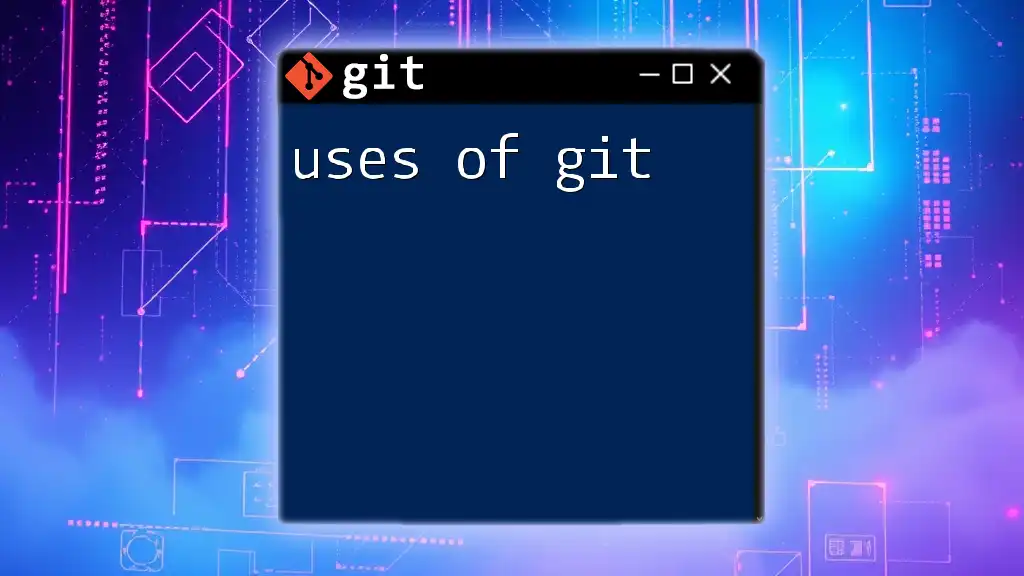
Introduction to Git
What is Git?
Git is a distributed version control system that allows developers to track changes to their projects, collaborate seamlessly with others, and manage source code history. It enables functionalities such as branching, merging, and reverting changes, which simplifies handling various features and bug fixes within a project.
Why Use Git with ESP-IDF?
Integrating Git into your ESP-IDF workflow provides significant advantages:
- Version Tracking: Every change made to the code is recorded, making it easy to revert to previous states if necessary.
- Collaboration: Allows multiple developers to work on the same project concurrently without stepping on each other’s toes.
- Branch Management: Different features, experiments, or bug fixes can be developed in isolated branches, leading to cleaner and more manageable code.
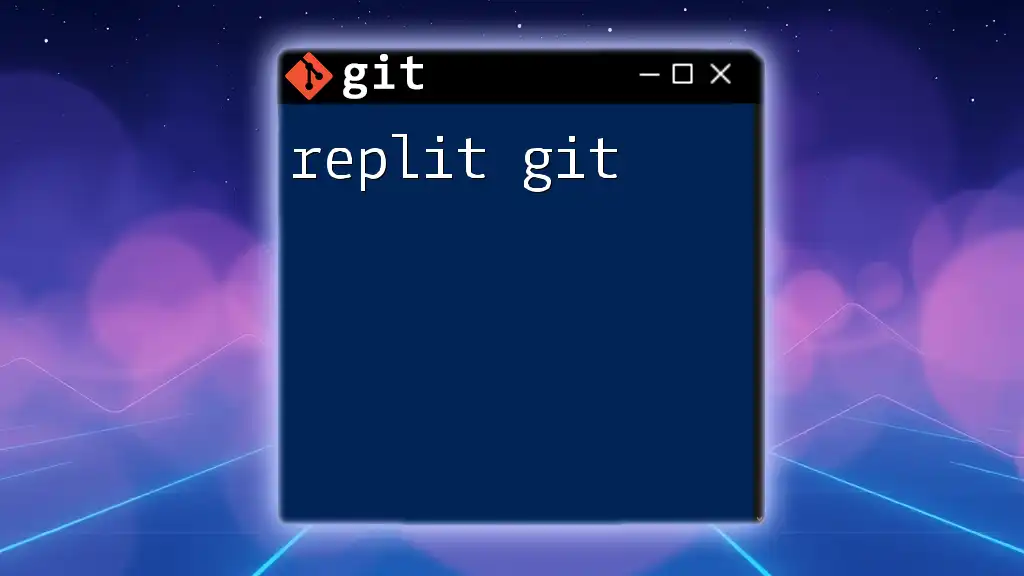
Setting Up Git for ESP-IDF Projects
Installing Git
To begin using Git, you'll first need to install it on your development machine. The installation process varies depending on the operating system:
- Windows: Download and install Git for Windows from the official website.
- macOS: Use Homebrew with the command:
brew install git - Linux: Install using the package manager for your distribution, for instance:
sudo apt-get install git
Once installed, verify that it is correctly set up by running:
git --version
Initializing a New Git Repository
Once you have Git set up, you can create a new repository for your ESP-IDF project. Navigate to your project directory in the command line and run:
cd your_project_directory
git init
This command initializes a new Git repository in that directory, allowing you to start tracking changes immediately.
Cloning an Existing ESP-IDF Project
If you wish to work on an existing project, Git allows you to clone repositories from services like GitHub. Use the following command to clone a repository:
git clone https://github.com/your_username/your_project.git
This command will create a local copy of the repository on your machine, preserving the entire project history intact.
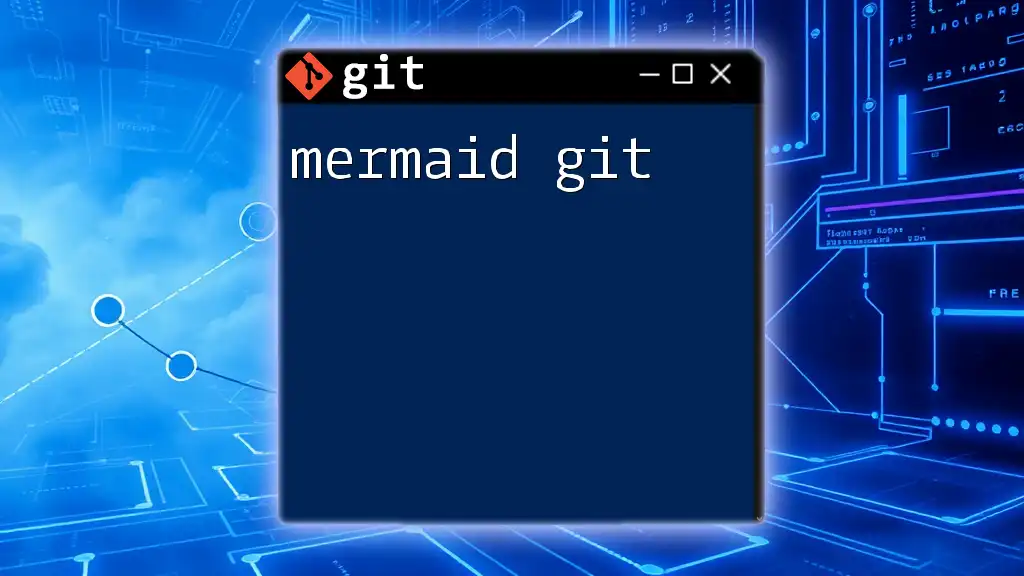
Basic Git Commands for ESP-IDF
Committing Changes
Once you make changes to your ESP-IDF project files, you’ll want to commit these changes to your local repository. To do this, first stage the changes you want to commit:
git add .
This command stages all modified files in your project directory. Next, to create a commit, use the following format:
git commit -m "Your commit message here"
Commit messages should be meaningful and succinct, summarizing the changes made.
Checking Status and History
To see which files have been modified and are ready to be committed, you can run:
git status
This command provides a concise summary of the repository's current status. To check the commit history, use:
git log
This will display a log of all commits with details such as commit hashes, authorship, and timestamps.
Branching and Merging
Creating branches is central to a Git workflow. To create a new branch for a feature or fix, utilize:
git branch new-feature
You can switch to this new branch with:
git checkout new-feature
After implementing and committing your changes, you may want to merge them back into the main branch. First, switch back to the main branch:
git checkout main
Then, perform the merge with:
git merge new-feature
Resolving Merge Conflicts
Occasionally, you might encounter merge conflicts if changes are made to the same lines of code across different branches. Git will mark these conflicts in the files, requiring you to manually resolve them. To resolve a conflict, edit the affected files, fix the issues, and then stage and commit the merged changes.
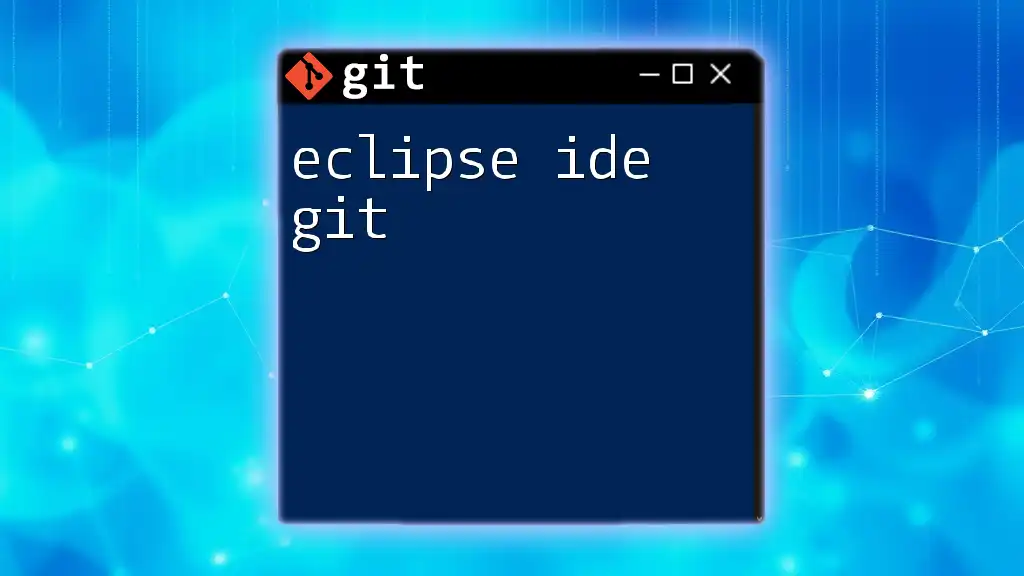
Advanced Git Techniques
Working with Remote Repositories
To collaborate effectively, adding a remote repository is essential. You can link your local repository with a remote service using:
git remote add origin https://github.com/your_username/your_project.git
When you're ready to share your changes, you can push your commits to the remote repository using:
git push origin main
Best Practices for Using Git with ESP-IDF
To enhance your workflow with Git, consider these best practices:
Commit Frequently with Meaningful Messages: It is crucial to commit changes frequently, ensuring that you can revert back if needed. Good commit messages summarize what was changed and why.
Use Branches for Features and Bug Fixes: Branches should be used for feature development and bug fixes to keep the main branch stable. This approach simplifies the merging process and reduces conflicts.
Regularly Sync with Main Repository: Keeping your local repository up to date is vital. Use:
git fetch origin
git pull
These commands ensure that your local copy reflects any updates made in the main repository.
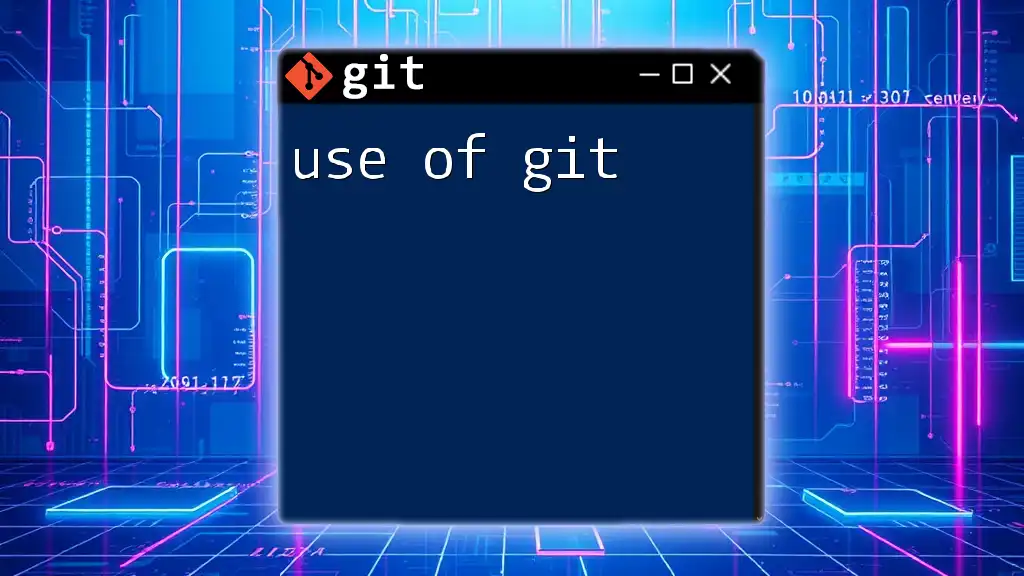
Conclusion
Integrating git into your ESP-IDF project will streamline your development process, enhance collaboration, and provide robust version control. By utilizing best practices and mastering basic commands, you'll gain confidence in managing your IoT projects effectively.
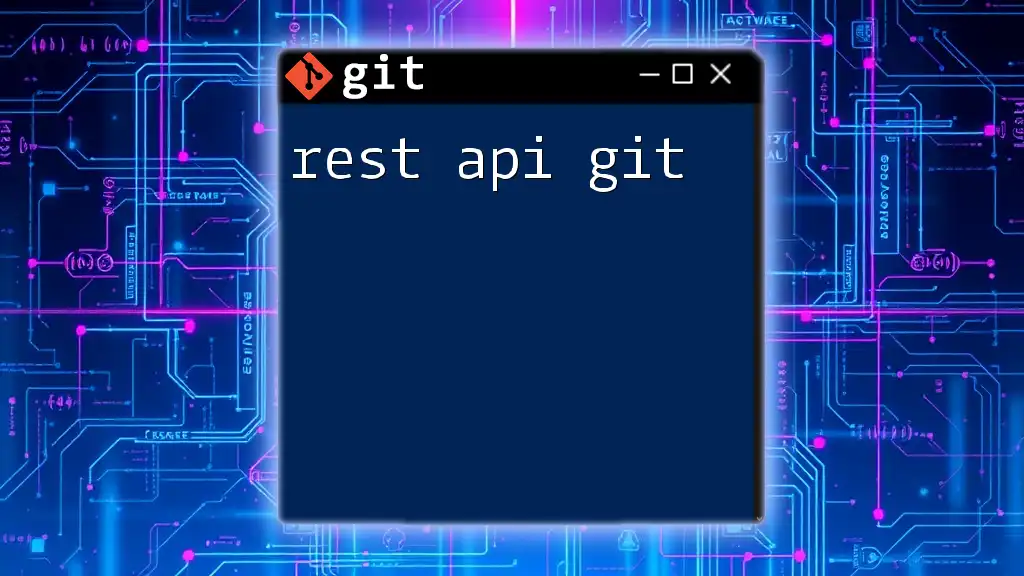
Additional Resources
Further Learning
Explore official ESP-IDF documentation and recommended Git tutorials to deepen your understanding of these tools.
Community and Support
Joining forums and communities focused on ESP-IDF and Git can provide invaluable support and networking opportunities. Sharing your experiences and solutions can help others while enriching your own understanding.

